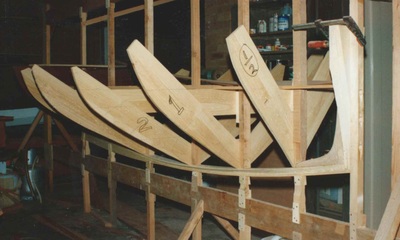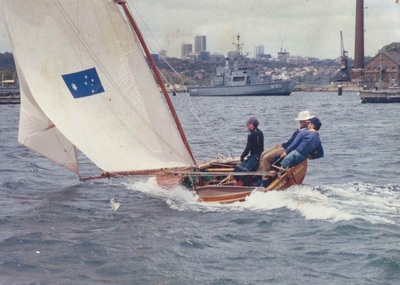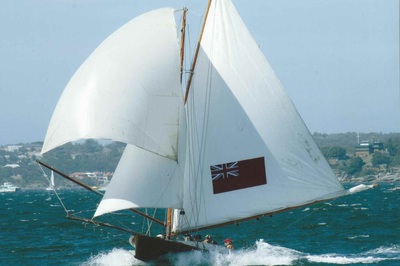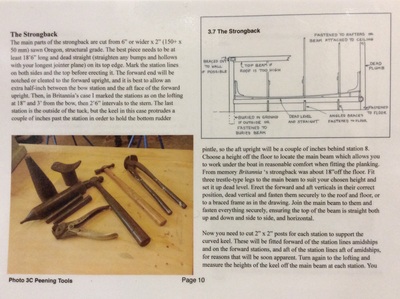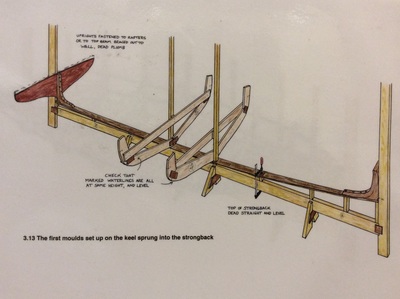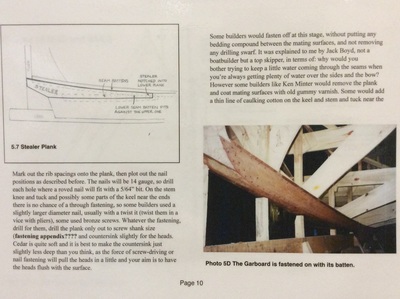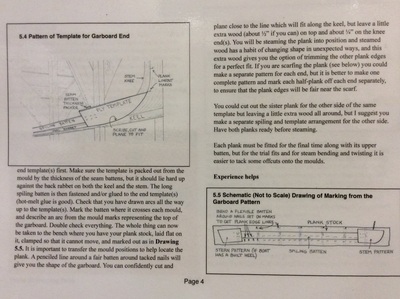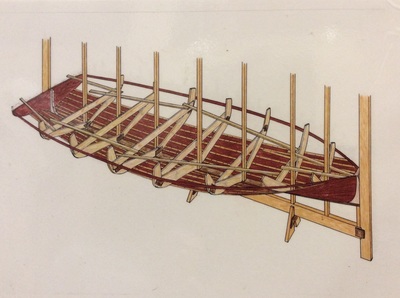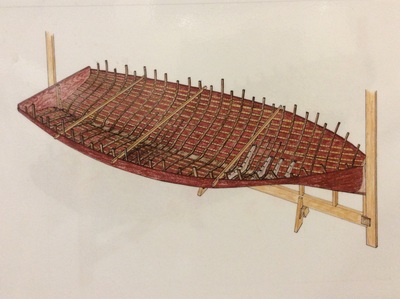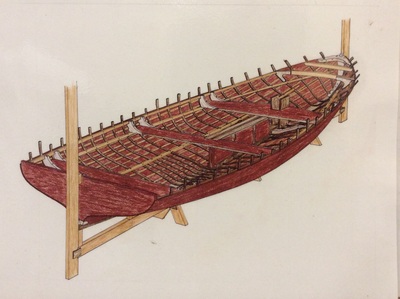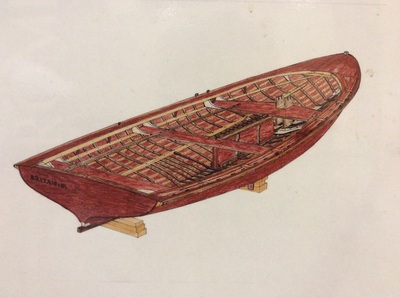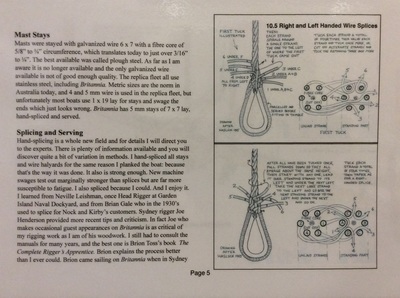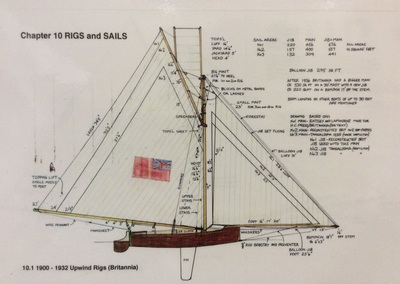For three-quarters of a century from about 1875 to the early 1950's the open racing boats of Sydney Harbour were built of Australian cedar with batten seam carvel construction. I'm a retired traditional boatbuilder, and I realised a few years ago that the youngest people that had any experience of building these boats were my eldest son who is now in his early forties, and a former boatbuilding colleague who is about to turn 50, so it won't be too many more decades before there will be no-one left who knows how to do it. In the early 2000's I began to interview the few remaining boatbuilders who had done it in the day and asked specific questions about techniques, materials and so on. I talked to Bill Barnett, a legendary boatbuilder and skipper, 101 in 2016, who built eleven batten-seam boats before the changeover to laminated boats, Len Heffernan another legendary skipper who assisted Bill in building boats for himself and others, Ken Minter who built quite a few batten seam 16 footers for himself and others before also turning to laminated boats (all three now deceased), and Ron Balkwell who had been Ken's apprentice in the batten seam era. I had repaired several batten seam boats in a forty-plus year career, and built the ten-footer Republic in 1995 and the eighteen footer Britannia in 2002. I had set up and run the Sydney Wooden Boat School since 1989 and built up a lot of experience in explaining boatbuilding techniques to first-timers So I began to write it all down, and it turned into 40,00 words and dozens of illustrations plus a photographic record, so if somebody wants to build another replica in the future the techniques are all written down.
The origin and evolution of the eighteen footer was always of interest to me, so I began to research this chiefly using old newspapers. This story was to be a short introduction to the planned book on construction, but it turned into nearly 30,000 words and dozens of images, so it became Part One of a two-part book. In the course of my research I became aware of the rich trove of historical materials that were available, so this website , originally intended simply to promote the book has become the depository of anything I come across and has grown extensively. I published a second book The 18-Footer Britannia, 100 Years of a Sydney Icon in 2020 a few months after the boat;'s Centenary. With the books and the website I can think of no better way to honour the sailors and boatbuilders of a great era in our maritime heritage.
Ian Smith
The origin and evolution of the eighteen footer was always of interest to me, so I began to research this chiefly using old newspapers. This story was to be a short introduction to the planned book on construction, but it turned into nearly 30,000 words and dozens of images, so it became Part One of a two-part book. In the course of my research I became aware of the rich trove of historical materials that were available, so this website , originally intended simply to promote the book has become the depository of anything I come across and has grown extensively. I published a second book The 18-Footer Britannia, 100 Years of a Sydney Icon in 2020 a few months after the boat;'s Centenary. With the books and the website I can think of no better way to honour the sailors and boatbuilders of a great era in our maritime heritage.
Ian Smith
See the BOOKS page on the menu for details on how to order.
The construction section of the book includes dozens of photos and technical illustrations like these sample pages below.
